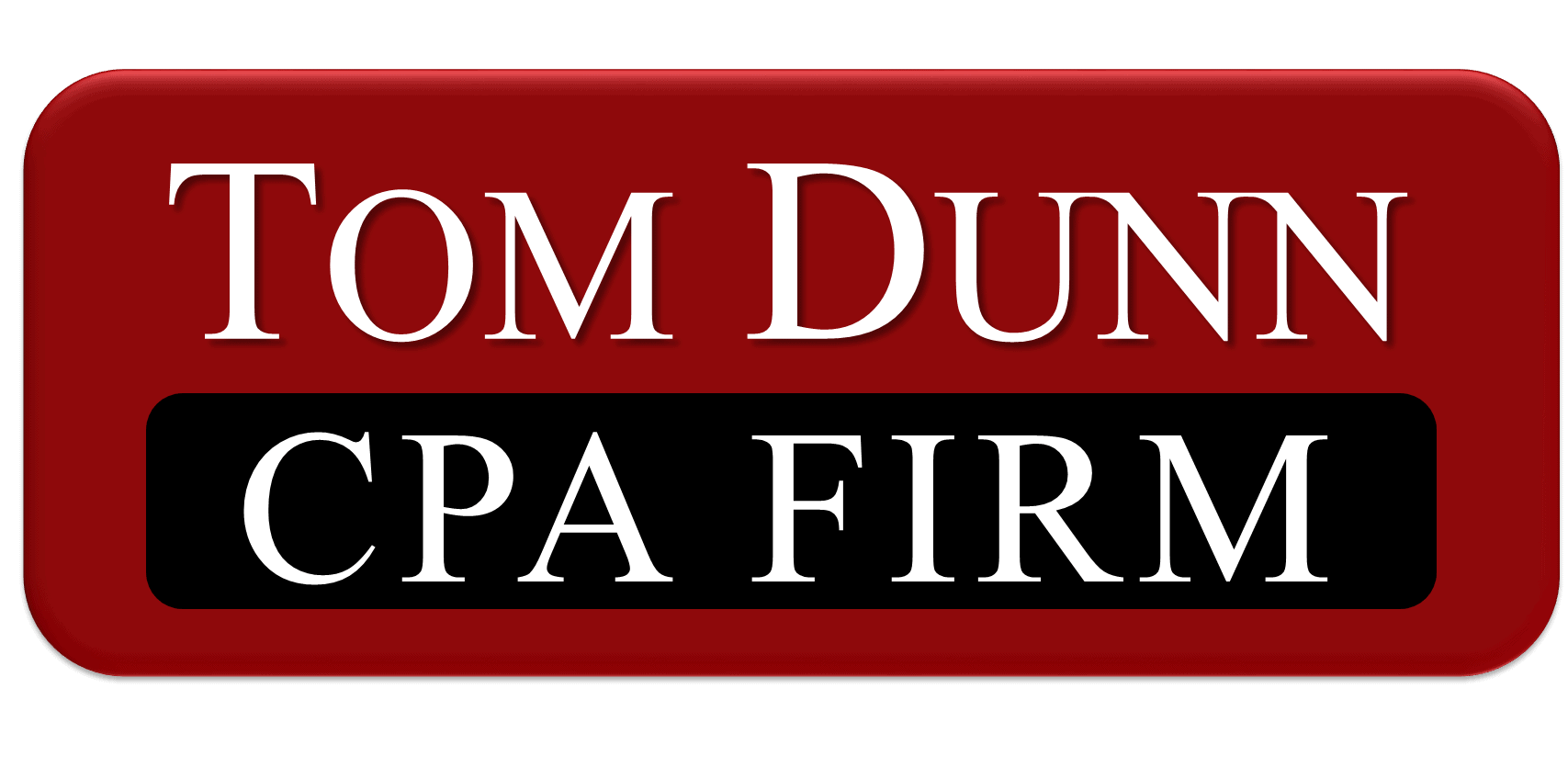Being a parent with a child bound for college can be an exciting time. However, financial obligations for future tuition can add stress to what should be a proud moment. Knowing your options with tax benefits can save your money and provide you with options to minimize the costs associated with higher education. There are three well-known tax-favored savings methods available to assist families with saving for future education expenses: Series EE Savings Bonds, Qualified Tuition Programs (529 plans), and Coverdell Savings Accounts.
Series EE Savings Bonds
Series EE savings bonds are savings products that pay interest for up to 30 years, or when cashed out. These types of bonds are low-risk and finance education through what is called an “education tax exclusion.”
Education Tax Exclusion
The education tax exclusion for Series EE Savings bonds allows eligible taxpayers to omit some or all the interest paid when cashing out eligible savings bonds from their gross income. This applies when the owner of the savings bond pays for qualified educational expenses.
Eligible savings bonds for the exclusion must be:
- Series EE or Series I savings bonds issued AFTER 1989
- In your name, unless you are married, then they may be issued in your name and your spouse’s name.
How to qualify for the education tax exclusion:
To be eligible for the tax exclusion, you must have cashed out eligible U.S. savings bonds during the same tax year you are claiming you qualify for the exclusion. You must also have paid for eligible higher education costs in that same tax year for either you, your spouse, or dependents.
Restrictions:
Not everyone will qualify for this tax exclusion. For example, your modified adjusted gross income, or AGI, cannot exceed the cap amount set by the IRS, and your filing status cannot be “married filing separately.” Also, if the beneficiary is younger than 24 when the savings bonds are purchased for them, unfortunately, the beneficiary would not qualify for the exclusion.
Additional Information on Series EE Savings bonds
To learn more about or to purchase Series EE bonds, you can visit treasurydirect.gov. You must buy them in an electronic form in TreasuryDirect. They are no longer sold in paper form. You can purchase, manage, and redeem EE bonds online through your TreasuryDirect account.
Qualified Tuition Programs (529 Plan)
A qualified tuition program, also known as a 529 plan, is a tax-favored savings plan designed to assist with higher education costs. Private education institutions and state governments establish these programs, allowing you to buy tuition credits for your child or to make contributions to an account funded to finance a child’s future higher education.
If you use 529 account withdrawals for eligible education expenses, earnings in the account are not subject to federal income tax and, often, state income tax. Distributions of earnings that aren’t used for qualified college expenses will be subject to tax plus a 10% penalty fee.
There are two types of 529 Plans known as Prepaid Tuition Plans and Education Savings Plans. Every state in the U.S. plus the District of Columbia sponsor at least one type of these plans.

529 Prepaid Tuition Plans
529 prepaid tuition permit an account holder to buy credits at participating colleges or universities for future tuition fees, locking in current rates for the beneficiary.
529 Education Savings Plans
529 education savings plans permit an account holder to save for the beneficiary’s eligible higher education costs. These plans can cover up to $10,000 a year per beneficiary for tuition fees.
529 Plans Additional Information
For more information on 529 plan fees, expenses, savings tips, restrictions, tax benefits, and more, visit SEC.GOV.
Coverdell Education Savings Account (ESA)
Formerly known as an educational IRA, a Coverdell education savings account, or ESA, is a trust account that is tax-deferred and made available by the U.S. government to help families pay for the educational expenses for selected beneficiaries.
ESA vs. 529 Plan
ESAs differ from a 529 plan or education savings plan. ESAs can be established at financial institutions and brokerages. Also, multiple ESAs can be made for one beneficiary, but the total contribution amount allowed per year per beneficiary cannot exceed $2,000. There is no limit set on the amount that may be contributed into a 529 plan.
Any contributor whose modified adjusted gross income, or AGI, falls under the limit set for the tax year can make contributions to an ESA. Corporations and trusts can contribute to an ESA regardless of their AGI. There is no limit set on the amount that may be contributed into a 529 plan.
You are allowed to have an ESA and a 529 plan for the same beneficiary’s educational expenses. An ESA is a great way to increase your investment in educational expenses via tax-deferral contributions.
Qualifications and Restrictions
There are certain requirements to set up a Coverdell ESA:
- Any contributions made to a Coverdell ESA must be contributed in cash. All contributions made are non-deductible.
- Beneficiaries of an ESA must be 18 years or younger when the account is created. Coverdell savings must be used by the time the beneficiary is 30 years of age, otherwise taxes, fees, and penalties will incur on future withdrawals.
- The account must be assigned as a Coverdell ESA when created.
- The document governing the account must meet certain requirements and be in writing.
Additional Information
For information on ESA contributions, visit the IRS.GOV.
Planning for Tuition
Tax-favored savings accounts are an economical way for families to save for educational expenses and reduce or eliminate the taxes normally due. The only catch is to invest in these savings accounts well before your children will attend college. The sooner you investigate your options, the more you might save.
However, before considering any of these tax-favored savings options, it is important to also be aware of the various parameters set forth so you can avoid pitfalls and reap the rewards. This includes being aware of penalties associated with using any funds for purposes other than their intended use. Regardless of your income level, all families must pay income tax and a 10 percent penalty fee on funds withdrawn from a tax-favored account if the funds are used for purposes other than eligible educational expenses. This means even if your household income is too low to require you to pay income taxes, you will still be subject to any penalties for using the funds in an unplanned manner. Also, although these funds can be transferred to another person’s educational expenses if the intended child ends up forgoing college, account holders still must pay the penalties associated with diverting the money for noneducation purposes. Unfortunately, this resulting uncertainty is highest for low-income families because their children are statistically less likely to go to college.
Keep in mind, even if you owe penalties, higher-income families can still benefit from these savings vessels because of the size of their tax savings. Also, because these accounts allow you to transfer ownership to your children, they will benefit because of having lower income tax rates. Bottom line, doing your research, figuring out your finances, and planning can all lead to valuable tax-favorable benefits for your children’s future education.




